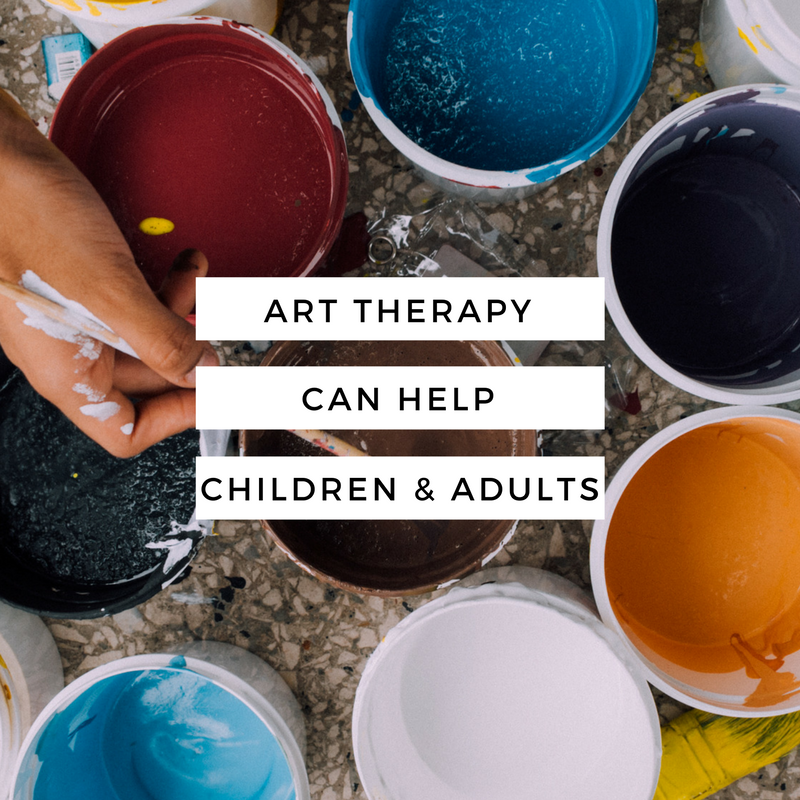
The Benefits of Art Therapy in Treating Mental Health and Addiction
Art therapy might sound a little silly to some people, but the positive feedback and results from it are far from silly. Art therapy is used among varying types of groups: from children with ADHD to prison inmates; it is the type of therapy that allows the person to explore their feelings and experiences through their own art with the guidance of a therapist who is trained to respond to the art in a way that fosters healing.
Using the “creative process” the client plans out and develops a piece of art that expresses what they are dealing with emotionally. This can be something that is immediate and frightening to the client, or something that happened to them before they were even able to talk. The object is to help the client come back to his or her own sense of self, understand the experience better, and eventually move on from the experience. Additionally, the process of making art: the planning, the doing, the finishing, and evaluating the art is a confidence builder for many people.
Children benefit very well from art therapy because their verbal expression of experiences and feelings will not fully mature for years. Therefore art is, in many cases, the best way they can describe what they know and feel. Often children who are abused, neglected, or have otherwise experienced something traumatizing like a natural disaster are especially vulnerable and more likely to need something outside of verbal comprehension to express themselves.
Art therapy is also useful among those who have experienced such traumatic things and simply cannot find the right words to describe what is troubling them. While this sounds like more of a problem among children, it can be common among adults as well. Adults who have been through relatively rare experiences like going to war or living with a terminal illness can find solace in making art. That being said, anyone can benefit from even casual forms of art therapy. There are many coloring books now available for you to provide a tranquil experience while you decompress or process your day.
An art therapist isn’t just any therapist- they must have some knowledge of different types of visual art as well as the ability to analyze that art with the client. This often means that they may need to have studied art, but they must also possess a master’s degree in a psychological field and earned certifications. They also need to be credentialed by The Art Therapy Credentials Board, Inc. While the process seems lengthy, it is worth the safety and well-being of the public to make sure all credentialed art therapists are able to provide the same kind of comprehensive and ethical practices.
If you want to know more about the benefits and supporting research behind art therapy, check out the credentialing board’s website: www. Arttherapy.org
If you live in the Vancouver, WA or Portland, OR area and you are looking for outpatient mental health services or residential drug rehabilitation give us a call or email on behalf of yourself or a loved one. We do our best to treat the whole person, not just the addiction. 360-397-8246 ext. 7580 or [email protected]
